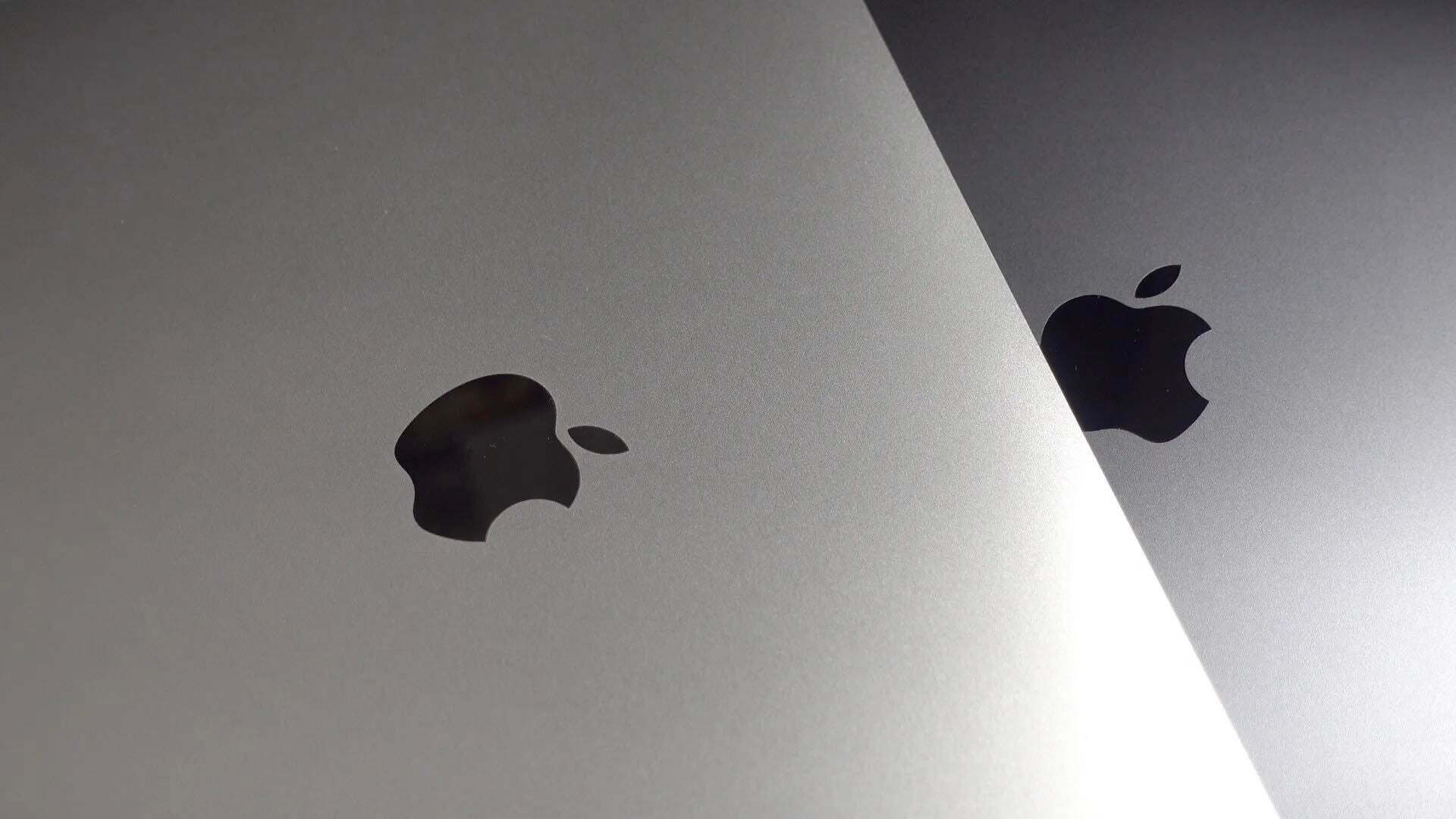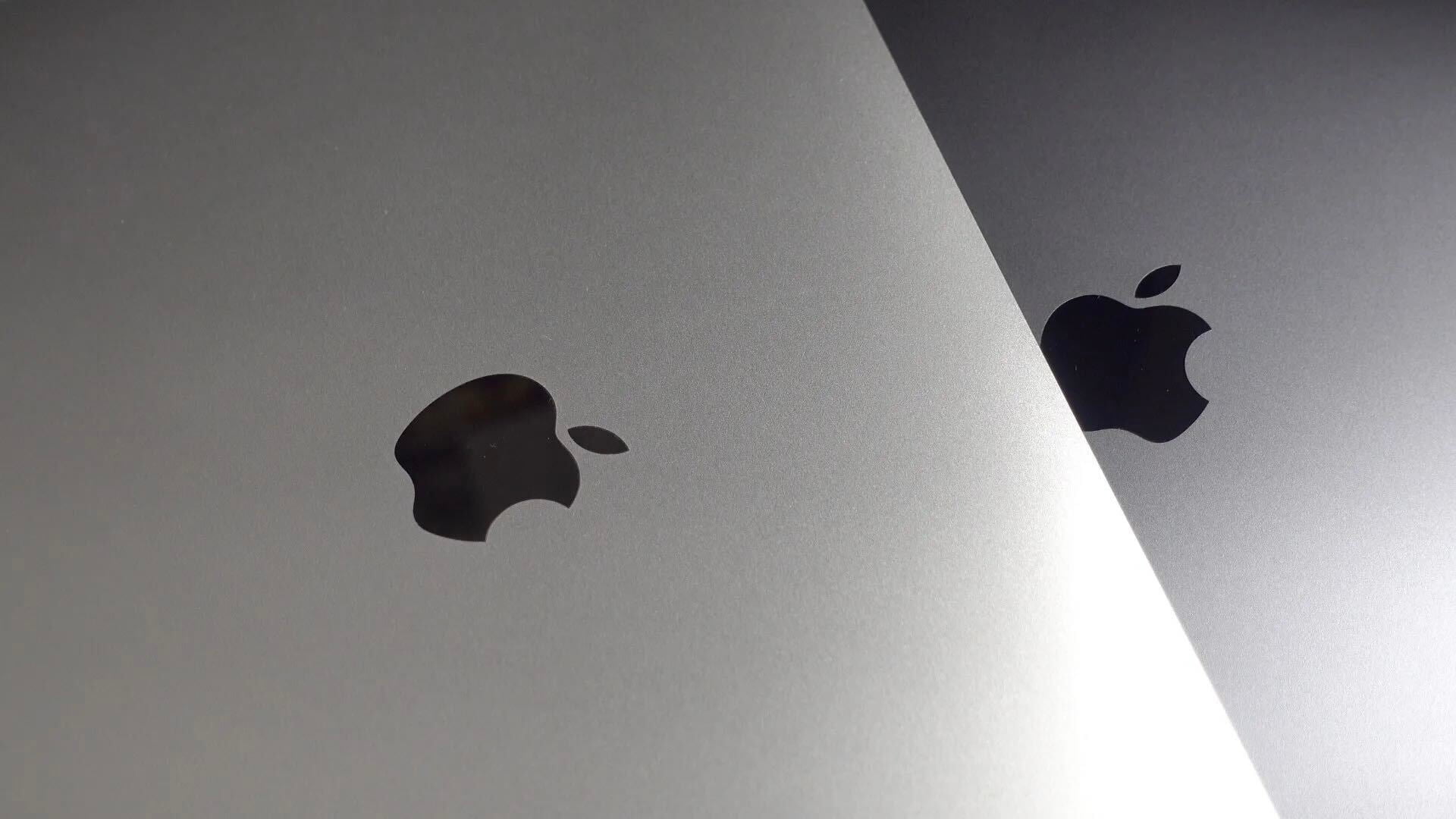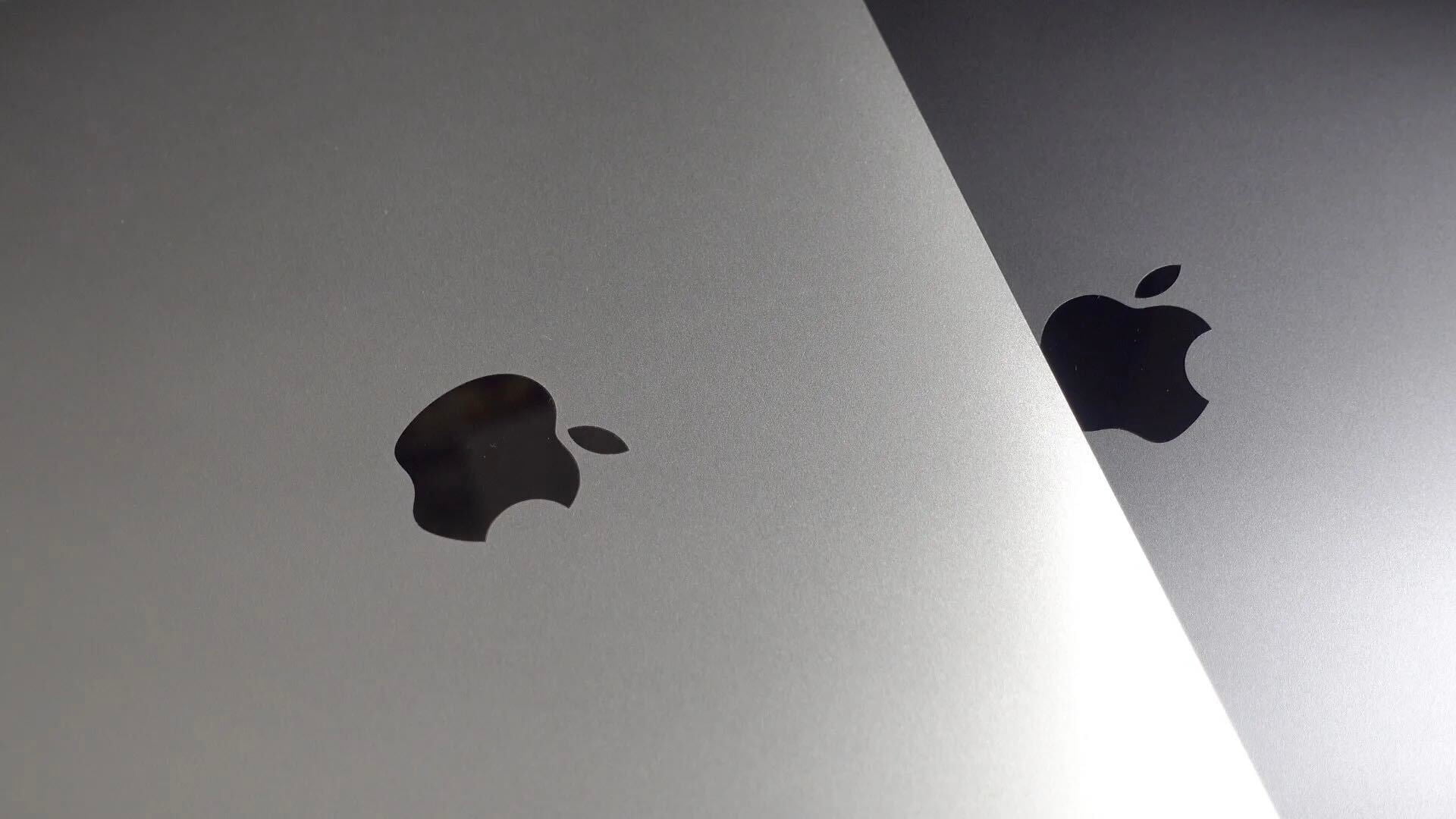
It’s funny to think about HomePod as a product that wasn’t with us this time last year, but Apple’s smart speaker didn’t hit the market until February 9 after missing its original December 2017 launch window. In the 10 months since HomePod debuted, the smart speaker has steadily gained new features and found new fans alike.
While the future roadmap for HomePod isn’t being broadcasted by Apple, we can look back at HomePod’s progress so far and see that Apple’s smart speaker is steadily becoming more capable — even if HomePod isn’t matching the pace of feature rollouts of other smart speakers.
Bad Reputation
HomePod had a rough start before customers ever got the chance to hear how the smart speaker sounded. Apple previewed it in June 2017 ahead of a promised December 2017 release date, but delayed its launch on November 17 with this announcement:
“We can’t wait for people to experience HomePod, Apple’s breakthrough wireless speaker for the home, but we need a little more time before it’s ready for our customers. We’ll start shipping in the US, UK, and Australia in early 2018.”
At $349, HomePod was originally positioned as the first product to tackle both high fidelity audio quality and smart assistant features in one package.

Before HomePod was delayed, Sonos One and improved Amazon Echo speakers were promising to do the same for less money with solutions already shipping. This is how I described the market shift from HomePod’s unveil to its unfortunate delay:
Apple’s pitch for HomePod in June was that wireless music speakers like Sonos and smart speakers like Amazon Echo exist, but not in the same package. That’s not so much the case five months later (you can literally buy a Sonos speaker with Amazon Alexa built-in now), but HomePod will still probably be the best smart speaker for anyone deep in the Apple ecosystem.
HomePod’s audio quality and integration with Apple services still rivaled competing smart speakers by the time it launched, but it wasn’t as uniquely positioned as originally intended.
Quiet Launch
After missing the holiday quarter last year, Apple announced on January 23 that HomePod would be available for pre-order on January 26 and finally reach customers on February 9. Despite the delay, HomePod would also ship without two promised features: AirPlay 2 for multi-room playback and stereo pairing.

Initial reviews praised its audio quality and Siri’s responsiveness, but HomePod wasn’t winning any awards for being the smartest smart speaker. Apple Stores were crowded on HomePod launch day, but mostly from customers waiting to have their iPhone batteries replaced.
HomePod also had a round of bad press shortly after it launched over a weird wood-staining issue caused by the vibration-dampening silicone speaker base. Apple described the ring-gate issue as ‘not unusual’ while other speakers proved to show similar behavior.
There was never any real resolution to the whole ring issue — did Apple tweak the manufacturing process? — but it did create a market for cheap HomePod mounts and weird leather coasters.

In my own initial ring-free review on March 9, I described HomePod as something I wouldn’t gift to family quite yet, but optimistically hoped that it would evolve quickly:
The bottom line for me is that I really enjoy using HomePod myself — for hours at a time every day — but I wouldn’t gift HomePod (or any other smart speaker) to a family member just yet. HomePod just isn’t that straightforward yet. […]
HomePod instead feels more like the fourth generation Apple TV. That product debuted with new capabilities like Siri control and an app platform, but took a few software updates over several months to feel closer to complete with a proper remote app and basic features like dictating text in search boxes and app folders.
HomePod has a lot of that low hanging fruit just waiting to be picked — not to mention major feature additions that could dramatically improve the experience for mainstream customers — all without requiring new hardware.
Several months later, HomePod has passed that threshold for me of being family ready. HomePod can still be a tough sell at $349, especially when cheaper smart speakers have improved their audio quality, but HomePod has certainly improved through free software updates since February.
Feature Promises, Fulfilled
HomePod arguably had a nowhere-to-go-but-up position at launch, and up it has gone in many ways.
AirPlay 2 and stereo pairing arrived in a free software update with iOS 11.4 on May 29, enabling easy-to-control multi-room audio and dedicated stereo HomePod playback. Both features proved very impressive once delivered which helped remove the sting from the delay.
HomePod also gained the ability to deal with calendars which was a particularly embarrassing omission considering Amazon Echo speakers could talk to iCloud calendars long before HomePod was ever unveiled.
And Then Some
Fast-forward to September 17 and HomePod makes even more progress on feature parity with other smart speakers and unique features alike.
HomePod could finally handle multiple labeled timers — something Amazon Echo speakers had over HomePod since launch — and HomePod became a better music assistant with lyric search.

HomePod also gained the ability to make and receive phone calls after initially being limited to a speakerphone target after a call was placed, and Siri on the HomePod learned how to ping your missing iPhone which is something that has definitely proven useful in practice!
Apple’s Workflow acquisition resulted in Shortcuts as a new automation platform on iOS, too, and Siri on the HomePod became a player in that space as well with its September update.
What’s Next?
HomePod still has a long way to go as it approaches year two. From basic features like the ability to set alarms to Apple Music to more involved features like the ability to stream audiobooks from Apple Books without AirPlay, there’s still plenty of features that HomePod could add that would improve the current hardware.
HomePod customers would also like to see more control over audio equalization, and music should be promoted as a first-class player with HomeKit scenes and automation (without Siri Shortcuts).

Apple could also take a play from its new friends at Amazon and create a real music API that lets third-party audio services easily work with Siri.
Supporting services like Spotify, Pandora, Overcast, Audible, and TuneIn would expand how customers could use HomePod, and Apple’s smart speaker would still be the only product with deep integration to Apple’s own services and platforms like iCloud Reminders, HomeKit, Apple Podcasts, and more.
As a customer of both HomePod and various Amazon Echo speakers, I would also love to see Apple offer a version of HomePod that is much closer to Amazon’s third-gen Echo Dot.

HomePod is fantastic as a single premium audio speaker and stereo pairs are even better, but it’s not common to put a $350 or even $700 audio system in every room of your house.
Offering a much smaller HomePod-like speaker that still features Siri control could fill a gap in the market for Apple and give customers a taste of the HomePod experience for around $60. Like what HomePod mini can do? Buy one for every room, or buy HomePod for the living room for the best audio experience.
Price & Availability Updates
HomePod has also expanded its availability around the world throughout 2018 after initially launching in the United States, United Kingdom, and Australia.
HomePod expanded to Canada, France, and Germany in June before reaching Mexico and Spain in October. In early 2019, Apple says HomePod will also debut in Mainland China and Hong Kong after Chinese language support was recently introduced.
HomePod in China is set to beat Amazon Echo speakers to the region, and Alexa doesn’t support the Chinese language yet.

And while Apple has maintained HomePod’s price at $349 (aside from a limited promotion in the UK), third-party retailers have popularized $249 as a price that customers like for what HomePod offers.
If Apple doesn’t offer a HomePod Lite on the Echo Dot end of the market, a price drop for HomePod would absolutely make it easier to recommend.
Year Ahead
For me, the future of HomePod updates still feels unknown despite big updates this year.
Returning to my Apple TV 4 comparison in my initial review, a number of notable software updates improved that product in meaningful ways, but Apple TV 4 and Apple TV 4K now feel like finished products as far as Apple in concerned.
Apple hasn’t promised future features for HomePod and doesn’t preview future software updates for HomePod in the same way that it does for iOS — although I would love a HomePod beta program! — so HomePod feels like it could be put on the shelf and considered complete at any point.

The constant evolution of the Amazon Echo ecosystem proves that there’s more potential for HomePod, however, so I hope Apple keeps pushing HomePod forward in the months to come.
What top features and changes to HomePod do you want to see in 2019?
Subscribe to 9to5Mac on YouTube for more Apple news:
FTC: We use income earning auto affiliate links. More.

Comments